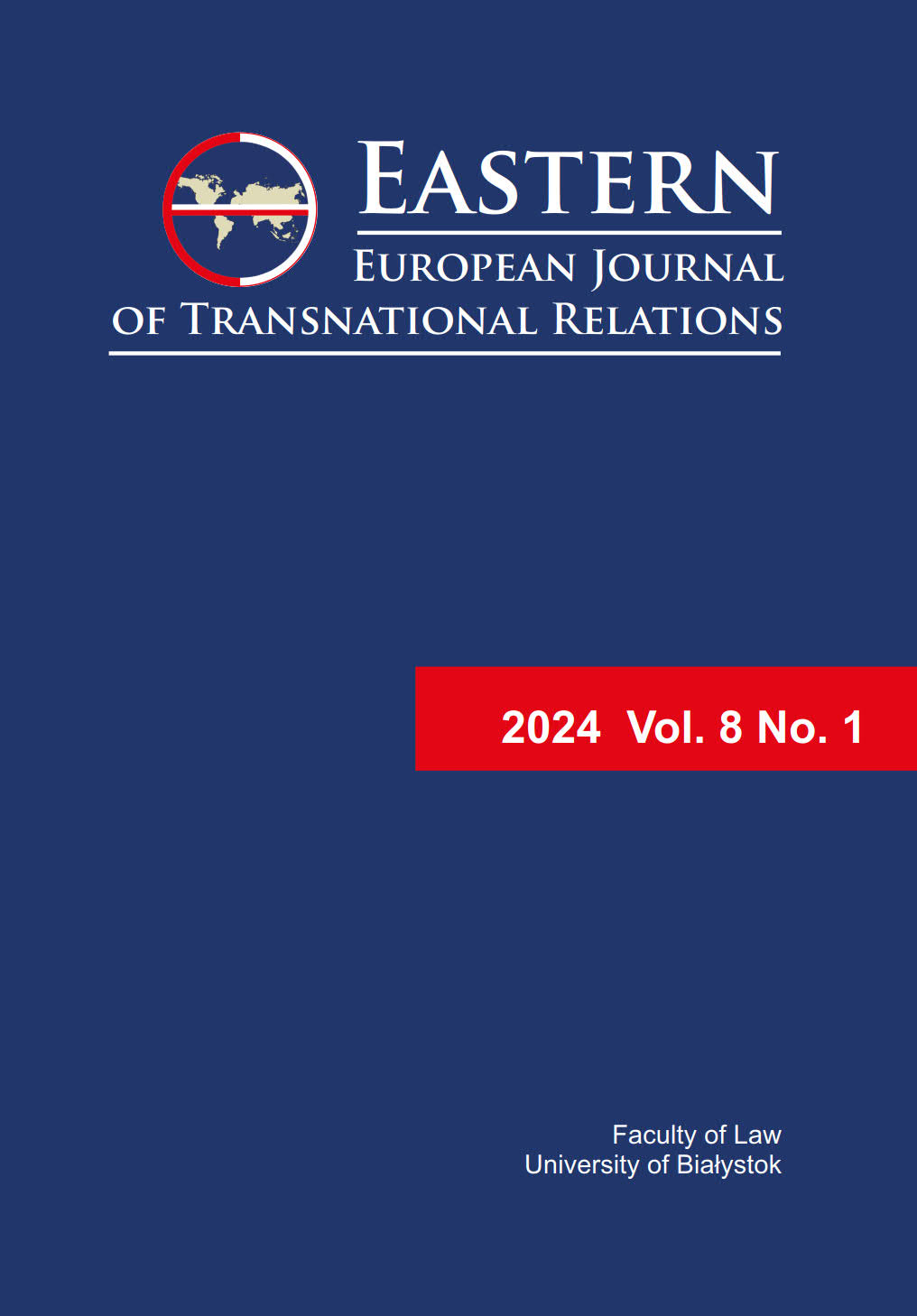Types of infringement of a right to trade
marks with reputation in Polish and EU
jurisprudence
Types of infringement of a right to trade
marks with reputation in Polish and EU
jurisprudence
Author(s): Joanna SitkoSubject(s): Civil Law, Law on Economics, EU-Legislation
Published by: Temida 2
Keywords: trade mark with reputation; parasitism; dilution; blurring; tarnishment;
Summary/Abstract: This article aims at examining the extent to which the Polish andEuropean Union adjudication bodies apply the EUCJ guidelinesregarding determination of each type of the right to a trade mark withreputation (TMwR) infringement. The author analyses and interpretslegal provisions of EUTMR and argumentations of variety decisionsof European Union and Polish adjudication bodies concerning theproblem of an infringement of a right to a TMwR. A close analysis ofthe latest judicial decisions concerning the TMwR protectionindicates that, in principle, detailed guidelines regarding theoccurrence of each form of the TMwR infringement are already inplace. However, there are still some deviations from these guidelines,most notably in the Polish jurisdiction, since adjudicating bodies tendto see parasitism in the probability of association of juxtaposing trademarks alone. Thus, it happens that a three-step test on the likelihoodof transferring trade mark with reputation associations ontogoods/services designated with a third party mark (as describedbelow) is omitted. This is especially significant where a later sign isused for goods/service that are not similar to those that are signed bythe TMwR. Furthermore, an enhanced evidentiary standard appliedin the Intel case seems to be frequently absent in the practice of lawapplication. Changes in the economic behaviour of the averageconsumer or a serious likelihood that such a change will occur arehardly ever taken into account in the assessment of the activitydetrimental to the distinctive character or the repute of a TMwR.Although many years have passed since key preliminary rulings wereissued by the EUCJ, which shaped the principles of examining theevidence that pointed to the possibility of an infringement of a rightto a TMwR, some negligence and shortcomings in the application ofthe law in this respect have not been entirely eliminated. Hopefully,the years to come will witness a greater awareness of the bindingprovisions and principles of their application among adjudicationbodies and interested parties alike.
Journal: Eastern European Journal of Transnational Relations
- Issue Year: 8/2024
- Issue No: 1
- Page Range: 25-38
- Page Count: 14
- Language: English

